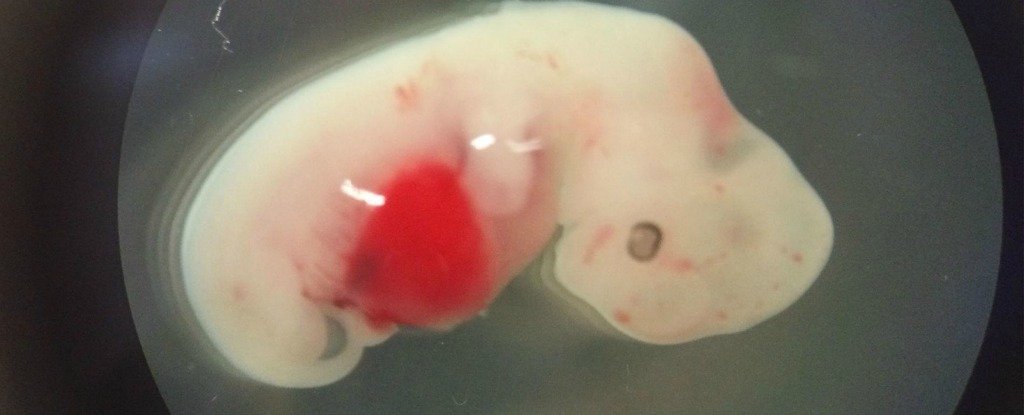Mel DeJarnette, reproductive specialist with Select Sires, Plain City, Ohio Says
"If inseminators do not follow the recommended semen handling procedures, they are destined for problems no matter how many straws they thaw, even one"
Thawing multiple straws of semen can be a way for you or your AI technician to breed a large number of cows efficiently without compromising semen quality or the conception rate of inseminated animals. However, you must follow proper procedures for straw preparation, thermal protection and work within limited time contraints.
when four straws of semen were thawed at one time, placed into AI guns, and used to inseminate cows. Conception rates for the 89 inseminations declined from 47.6 percent for the first gun prepared, to 41.2 percent for the second, 37.5 percent for the third, and 25 percent for the fourth.
Yet, it cannot be concluded that the fertility decline resulted from thawing more than one straw of semen at a time, because the researchers did not maintain adequate thermal protection. Rising temperatures inside the barrel of the loaded AI gun - due to warm outdoor temperatures - were associated with a reduction in semen viability over time.
Other research has found that as many as 10 to 20 straws of semen (depending on the type of thaw bath used) can be thawed at 95 F at one time without compromising semen quality. However, the study, conducted at Washington State University and reported in the 1991 Journal of Animal Science, advised that straws of semen should not be allowed to touch one another during the thaw process, because that could slow thawing and compromise semen viability. Therefore, in most on-farm thaw baths - containing around 1 pint of water - about four to five straws can be thawed at the same time.
Skill level critical
Despite research proving more than one straw can be safely thawed, AI experts often caution producers about preparing multiple guns because of the skill and proficiency in semen preparation and thermal protection it requires. For example, thawing multiple straws often drains heat from the thaw bath, says Neil Michael, veterinarian and director of technician services with ABS Global in DeForest, Wis. Inseminators must monitor temperature between batches carefully to ensure it's maintained at 95 F to 98 F, or sperm viability diminishes. Similarly, researchers say that sperm can live for one hour after thawing if maintained at between 95 F and 98 F. Thus, loaded AI guns must be thermally protected until deposited in the cow. Failure to do so can decrease sperm viability also. However, the percentage of live sperm declines in that hour, leading AI experts to recommend getting semen into the cow within 10 to 15 minutes after thawing. To learn more about critical preparation and thermal protection procedures, see the related story, "Heat and cold stress create challenges," on page 50.
Field study shows consistency
When inseminators guard against mistakes in semen preparation and thermal protection, more than one straw of semen can be thawed without lowering the conception rate of cows. In fact, two field trials that monitored inseminations by professional AI technicians show consistent conception rates from the first to last straw prepared. The chart on page 49 contains information on thousands of inseminations where multiple straws were prepared by AI technicans from ABS Global and Paddocks Breeding Service. Conception rates were consistent across guns - with both groups having an overall conception rate between 32 percent to 33 percent. Mike Sprenger, a technician with Paddocks who has inseminated 125,000 cows in his career, monitored the time it took him to prepare and breed AI guns on 266 occasions (1,435 breedings), and found that he typically took just under eight minutes on three guns, and just under 14 minutes on seven guns. Despite the data, he says producers often tell him to thaw just two straws when breeding cows in their herd, in an effort to increase conception rates. This mandate often slows his work and does little to improve the conception rate in the herds, he says. That's because his conception rate on the first two guns is within one to two percentage points of his average on all guns. Do you get consistent conception rates - similar to these field trials - when you prepare multiple straws? Do you have good semen preparation and thermal protection procedures? The only way to know for sure is to track the gun number and subsequent conception rate when inseminating cows.

